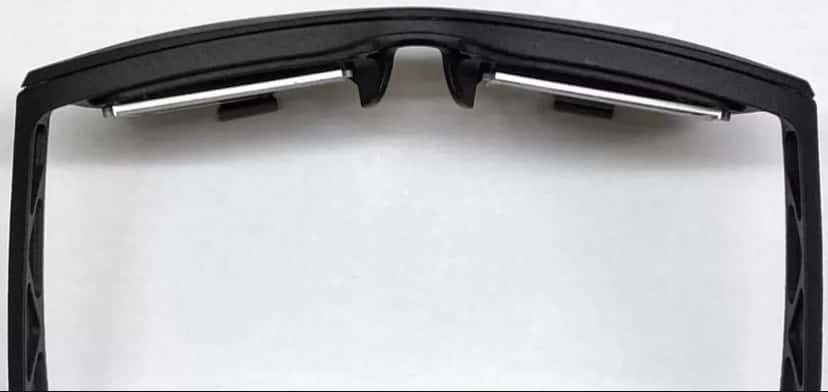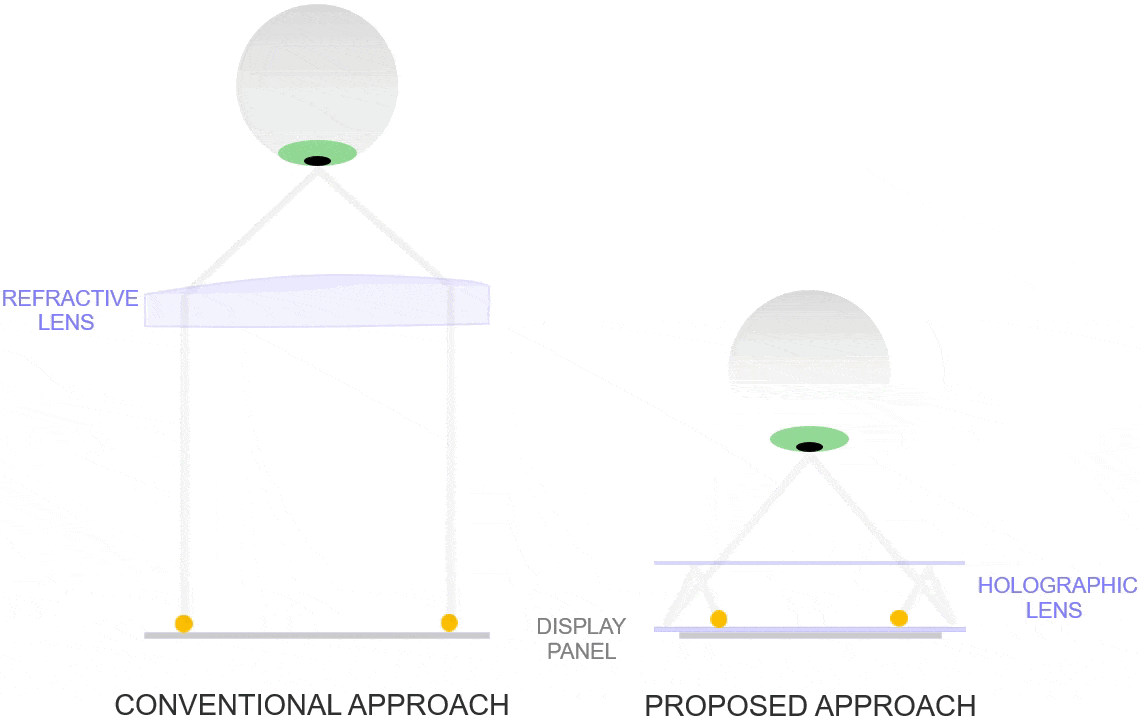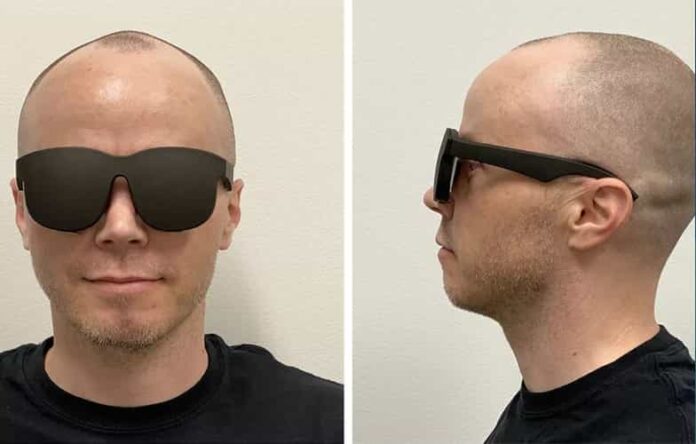Facebook is aiming to make VR glasses smaller and more “socially acceptable.” The company’s glass-like prototype virtual reality headset (proof-of-concept) has been unveiled in a recent research paper with a display measuring 8.9 mm in thickness, around the same as a standard mobile phone.
One way to achieve “sunglasses”-like VR headsets is by replacing the refractive lens with holographic optics, Facebook claims. It means that the new optics would allow the light to enter human eyes at a smaller distance, unlike standard VR gear that requires bulky to fit thicker lenses to change the angle of light from the display to our eyes.
Facebook has revealed a new VR proof-of-concept headset, and it has a different prototype than most other VR devices available on the market today. This proof-of-concept headset looks like a pair of goggles that can rest comfortably on your ears instead of a bulky contraption that covers the top half of your face and has to be fitted to your head.
Yet Facebook bills this new gadget as a genuine Virtual reality product, not a pair of augmented reality glasses, as traditional perceptions of AR devices go away. They are skinny, with a display thicker than less than 9 mm, and Facebook claims they’ve got an angle of vision that’s “comparable to today’s highly competitive VR products.”

The upcoming VR glasses would also help to maintain the VR headset form factor and weight significantly lighter, the research article on Facebook explains. The results are presented in a tech giant’s Reality Labs-led research article. The research indicated that they have integrated “holographic optics, spatial backlighting, laser projection and polarization-based optical folding” to achieve small, compact, and excellent presentation near-eye displays for virtual reality.
The proof-of-concept glasses are not only slim or lighter for aesthetics, though — they’re still obviously beaming images to your eyes in a way that’s different from today’s regular VR headset. A research team at Facebook describe one of those methods, called “Holographic Optics:”
“Current VR headset also have box-like shape factors and have just a fraction of the human eye’s resolution. Evolving optical design technologies, like polarization-based optical folding or ‘pancake’ optics, pledge quality enhancement while reducing size,” the research reports.
Most VR displays share a typical optic view: a clear refractive lens made up of a thick, curved piece, or glass or plastic. We propose that this voluminous element be replaced with holographic optics. You may be familiar with holographic images seen in a science museum or on your credit card, which appear to be three-dimensional with convincing dimensions within or outside the screen.
Like these holographic images, our holographic optics are a recording of the laser light’s interaction with objects, but in this case, the objective is a lens instead of a 3D scene. The effect is a drastic reduction in weight and thickness: The holographic optic bends light like a lens but appears like a thin, translucent sticker.
This Facebook GIF visualizes how the two methods work together

The researchers pointed out that the sunglasses-like prototype VR headset has several limitations, so implying its release is still years away. Likewise, the headset would have to address problems such as battery life, system connections, etc. The prototype currently produces in monochrome, and a full-coloured display is yet to be achieved.
However, these VR glasses are just a proof-of-concept, and it is unsure if they will ever come onto the market. “While it points to the potential development of AR / VR technology that is lightweight, comfortable, and high-performance, at present our work is solely researched,” Facebook’s team of researchers writes in its blog post.
Many tech companies are running around the concept of glass-like AR / VR headset to incorporate the best of both technologies into one single product. But it typically ends up as a bulkier VR-centric headset that uses outward-facing cameras to conduct light AR as well. Microsoft and Intel have been interested in this concept for some time, both using the term mixed reality to describe products like the HoloLens.
We are sure that if any of the tech giants introduce AR / VR hybrid glasses, Facebook’s proof-of-concept showing off might provide a peek into what such a product will look like in the future.
If you want to know more about Facebook’s proof-of-concept, please see this whitepaper from Andrew Maimone and Junren Wang on the Facebook Reality Labs team.
Check out: Apple’s AR strategies are becoming closer to a reality

